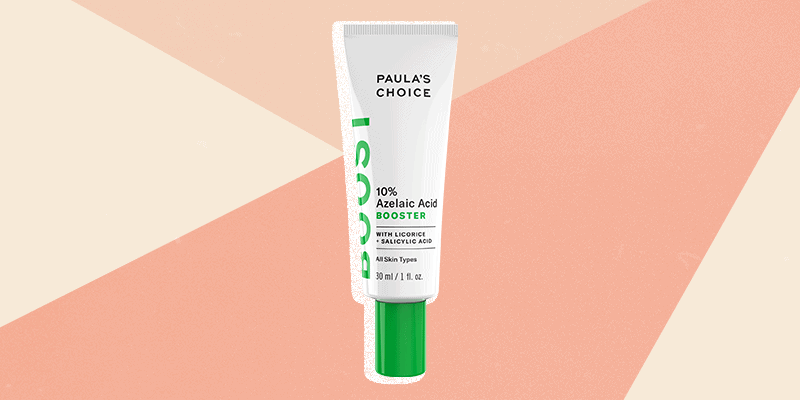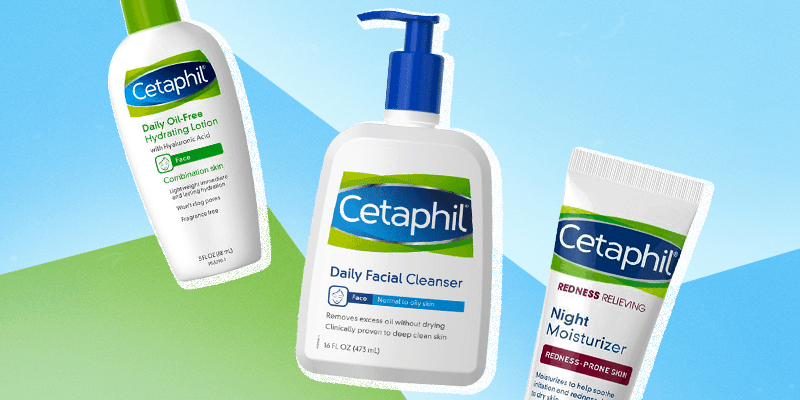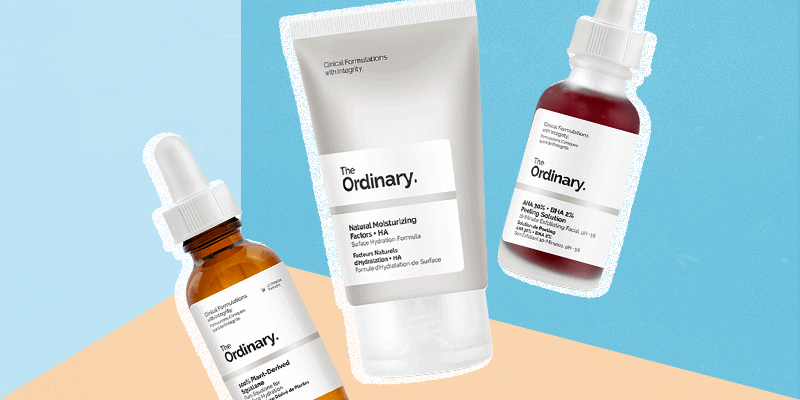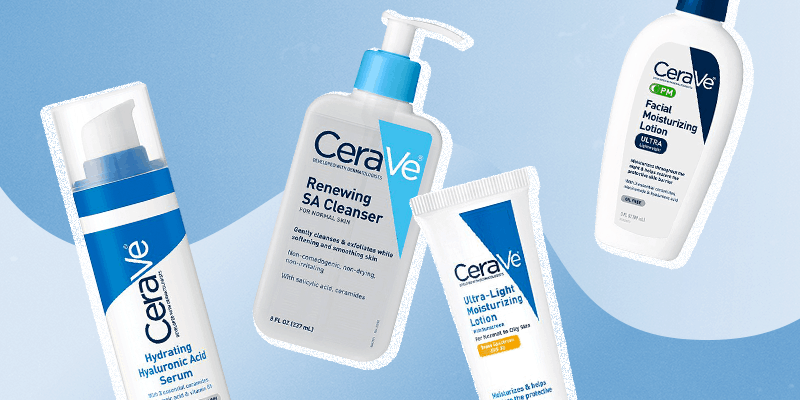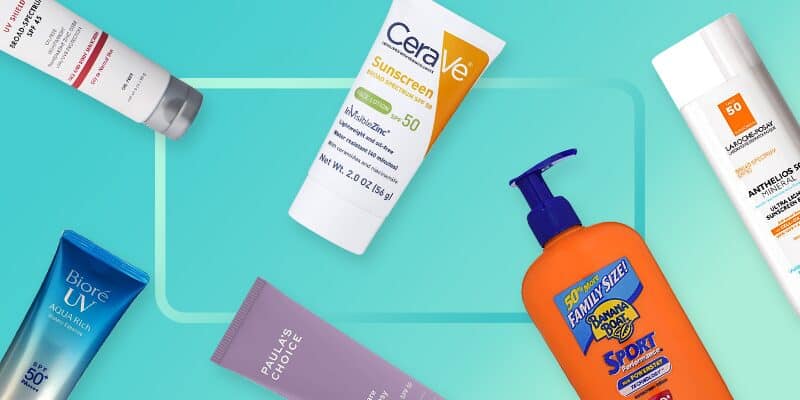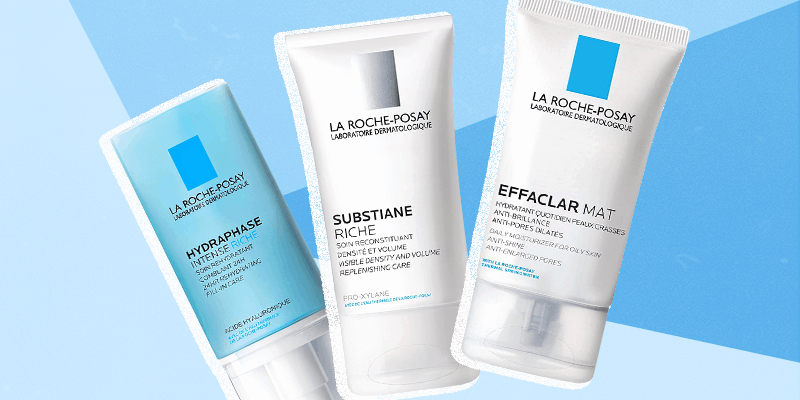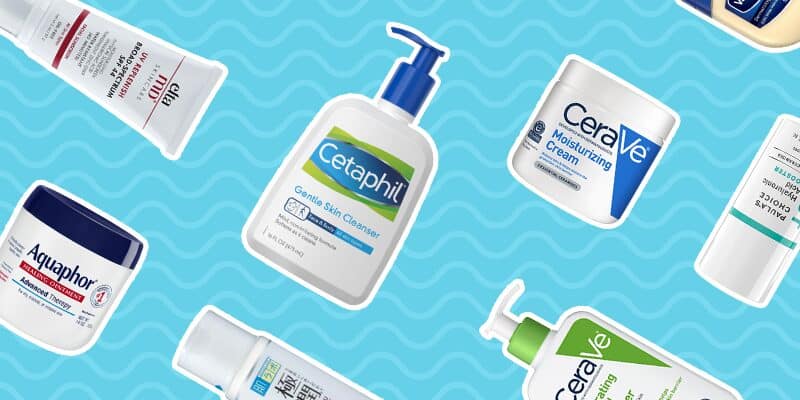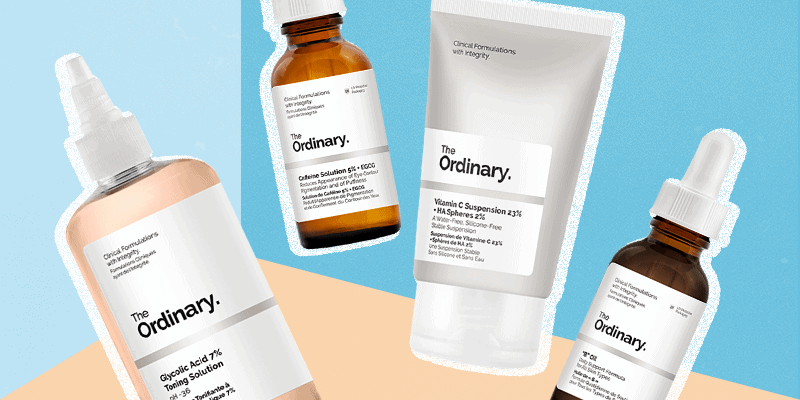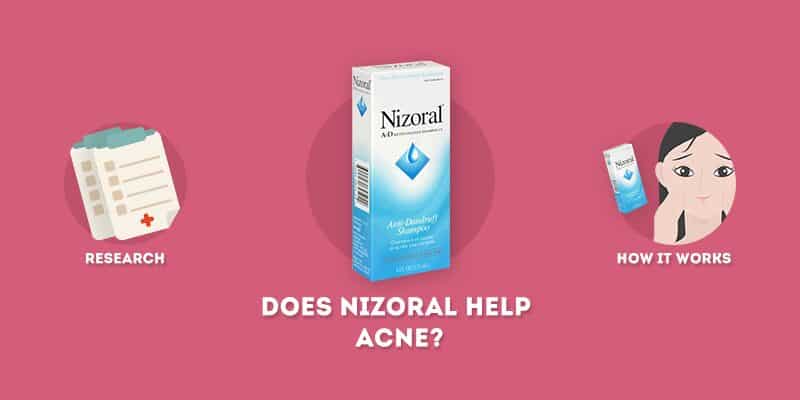This booster combines azelaic acid with other brightening and exfoliating skincare ingredients that fade post-acne marks and promote a more even skin tone. Read on to learn more about Paula’s Choice 10% Azelaic Acid Booster.
Key Takeaways
- Great formulation containing azelaic acid as the star ingredient
- Targets post-inflammatory pigmentation and acne
- Works for most skin types: oily, normal, combination
10% Azelaic Acid Booster
Booster for Post-Inflammatory Marks
Paula’s Choice 10% Azelaic Acid Booster
The combination of azelaic acid and other brightening ingredients makes this booster one of the best Paula’s Choice products for hyperpigmentation.
Azelaic acid has been shown to fade hyperpigmentation, making this booster a great choice for those with post-acne marks. This booster is also great for smoothing the skin and minimizing breakouts.
Pros
- Fragrance-free
- Oil-free
- Lightweight
Cons
- May irritate more sensitive skin types
This booster contains salicylic acid, which exfoliates and further helps even out the skin tone. It also contains licorice root and boerhavia diffusa root, which brighten and further help fade dark marks.
Apart from acne itself, what often tends to be more distressing is the resultant post-inflammatory hyperpigmentation (PIH) after an acute flare of acne. Because acne skin is damaged and inflamed, ingredients like retinoids and benzoyl peroxide can often be too irritating.
The best ingredient in such cases is azelaic acid. Azelaic acid is a well-studied active, effective against acne and post-inflammatory hyperpigmentation, as well as rosacea and melasma.
Product Overview
The Paula's Choice 10% Azelaic Acid Booster is a potent formulation of azelaic acid intended to target acne marks, blemishes and uneven skin tone.
It also contains salicylic acid and a couple of botanical extracts, which are intended to combat pigment production.
Although azelaic acid is formulated at concentrations up to 20%, 10% is the lowest concentration at which it is effective and less irritating. Concentrations around 15-20% tend to be more irritating in most individuals, especially with barrier-damaged skin and acne.
Claims
The Paula’s Choice 10% Azelaic Acid Booster uses azelaic acid in addition to other powerhouse ingredients to clarify uneven skin tone, target stubborn spots and soothe irritation, resulting in smoother, more radiant, younger-looking skin.
It also aims to tackle blemishes, smoothen bumpy texture, calm redness and post-breakout marks.
Its lightweight, oil-free texture allows it to works well on its own or mixed with other products.
Key Ingredients
1. Azelaic Acid (10%)
Azelaic acid is a naturally occuring dicarboxylic acid which acts in several different ways:
- It is bactericidal, so it kills the acne-causing Propionibacterium acnes.
- It decreases pigment production by inhibiting enzymes responsible for it.
- It decreases follicular blockage which is seen with acne.
- It has anti-inflammatory properties.
It is thus effective against both acne as well as associated post-inflammatory hyperpigmentation.
In many studies, azelaic acid has been shown to be as effective as hydroquinone in treating hyperpigmentation.
2. Salicylic Acid
A beta hydroxy acid, salicylic acid is one of the main actives used against acne.
Salicylic acid is a comedolytic. It goes deep into the pores and dissolves sebum, thus clearing up pores, blackheads and whiteheads. It also has anti-inflammatory properties.
3. Botanical Extracts
Boerhavia Diffusa Root Extract prevents hyperpigmentation by inhibiting the initial phase of melanin synthesis.
Glycyrrhiza Glabra (Licorice) Root Extract is an additional brightening ingredient, also known to decrease melanin production.
4. Other Ingredients
Adenosine, a natural component present in the skin, is anti-inflammatory.
Allantoin is both a soothing as well as healing ingredient.
Bisabolol, found in chamomile extract, is also soothing.
Together, these ingredients (along with glycerin) minimize any irritation caused by azelaic and salicylic acid, and help soothe the skin.
How to Use
- After cleansing and drying your face completely, apply a pea-sized amount all over the face, starting with the cheeks and forehead.
- Be careful around the mouth and eyes, as the skin here is thinner and tends to be more sensitive.
- You do not need to rinse it off.
- Be sure to apply it on dry skin. Damp skin increases penetration of the actives and may end up causing irritation, tingling or burning.
- Top it off with a generous layer of sunscreen in the morning.
When to Apply
It can be used twice a day.
If you find that you can't tolerate it or are using retinoids as part of your night-time routine, stick to using this product once in the morning only.
Other Tips
1. Don't skip sunscreen
The very first step to treating post-inflammatory marks and blemishes is to prevent further worsening of the pigmentation. This is achieved by minimizing UV exposure.
Since this product is mainly targeted towards acne and PIH, it is important to remember that using sunscreen is essential.
2. Salicylate allergy
If you have a salicylate allergy, check with your physician before using any products that contain salicylic acid.
True salicylate allergies are very rare.
3. Using other actives
Avoid using retinols or retinoids or other products containing actives in the same routine.
What to Expect
The lower concentration of 10% azelaic acid along with multiple calming ingredients make this product well-tolerable. It does not tend to cause irritation.
Because of how long one skin turnover cycle is (28 days), it will take at least 4 weeks of consistent use for the marks to start slowly fading. You can see changes as early as 2 weeks. The best results will be visible after 16-18 weeks of regular daily use.
Purging
The product may cause some amount of purging because azelaic acid and salicylic acid both affect follicular keratinization, dissolving the bonds between dead skin cells.
This results in sub-surface comedones (whiteheads and blackheads) to surface to the skin.
However, this is temporary and will settle in the first two weeks.
FAQs
How do you use Paula’s Choice 10% Azelaic Acid Booster?
After cleansing and drying your face completely, apply a pea-sized amount all over the face, starting with the cheeks and forehead.
What percentage of azelaic acid is effective?
Azelaic acid is most effective at a 10% to 20% concentration. 10% is an ideal concentration, because it is effective but less likely to be irritating.
Can you use Paula’s Choice BHA with azelaic acid?
BHA products – like the Paula’s Choice 2% BHA Liquid Exfoliant – can be used alongside this booster or other azelaic acid products. However, keep in mind that this booster already contains salicylic acid (a BHA), so it may not be necessary to layer these products. See how your skin reacts to these products individually (not layered), and then determine whether you’d like to use them at the same time.
The Bottom Line
As a dermatologist, I love using azelaic acid for my patients presenting with concerns of acne and PIH, and it is extremely gratifying to see the results.
The Paula's Choice 10% Azelaic Acid Booster is a definite must-have if you suffer from post-inflammatory marks and blemishes. The azelaic acid tackles the pigmentation while the other ingredients soothe and repair the skin. It is a gentle yet effective formulation.
